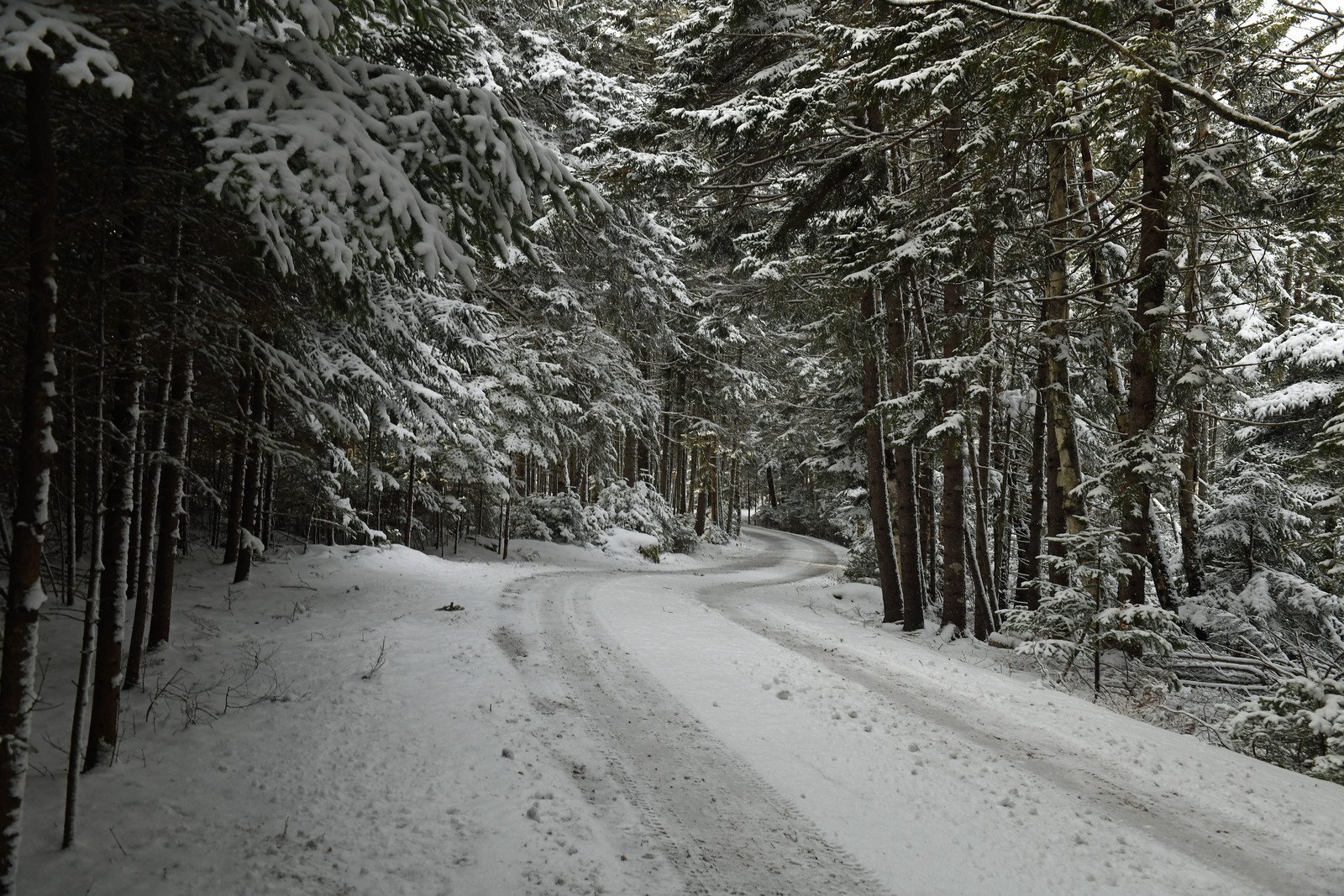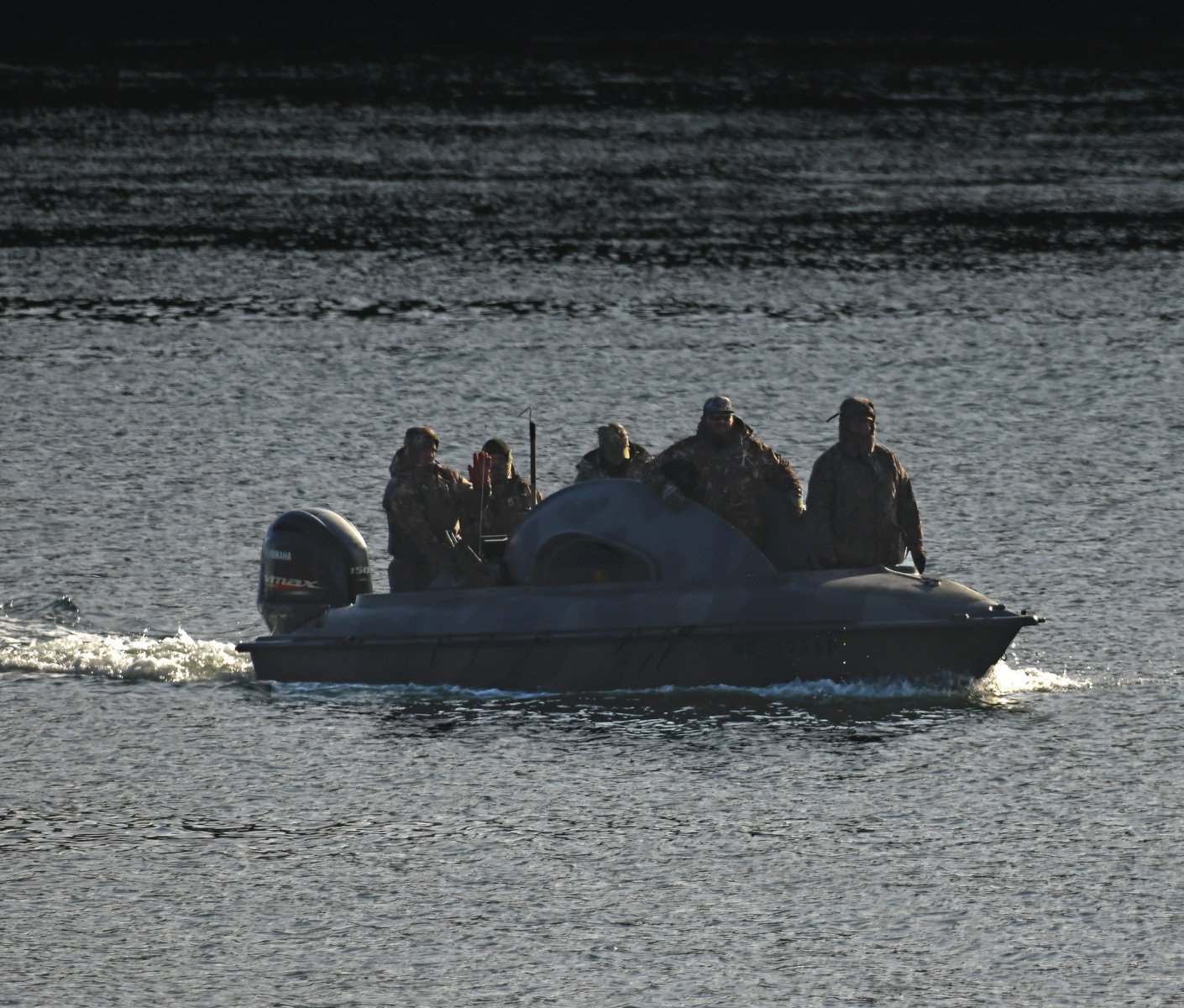Here’s a local scene from last week. It makes me wonder what J.M.W. Turner and Winslow Homer would do today, if these great seacoast artists were alive and here now. Would they paint winter seascapes featuring these kinds of day-sailing fishing vessels?
Methinks yes. These vessels are essential to portraying the spirit of many waterfront scenes in Maine. Although not worthy to be even in the same thought as a Turner or Homer painting, this image does show the varying lines and equipment of winter day-fishing vessels here under typical conditions.
The scene is Naskeag Harbor at midday when the tide is half out. It’s drizzling and the wind makes it a bit nippy; but, it’s not uncomfortable by Maine standards. From left to right, we see “Long Set” and “Captain Morgan” lounging at their moorings and “Dear Abbie:” eagerly coming in from a morning’s fishing.
In the summer, these vessels are lobster boats; now, they’re scallop trawlers. They’ve been reconfigured with masts, booms, and wooden “shelling houses” to protect scallop-shucking crew members from the cold. Unfortunately, you can’t see the vessels’ complicated trawling “drags” (dredges) that scrape the sea bottom and scoop up the tasty mollusks.
(Image taken in Brooklin, Maine, on December 30, 2021.)



















































































